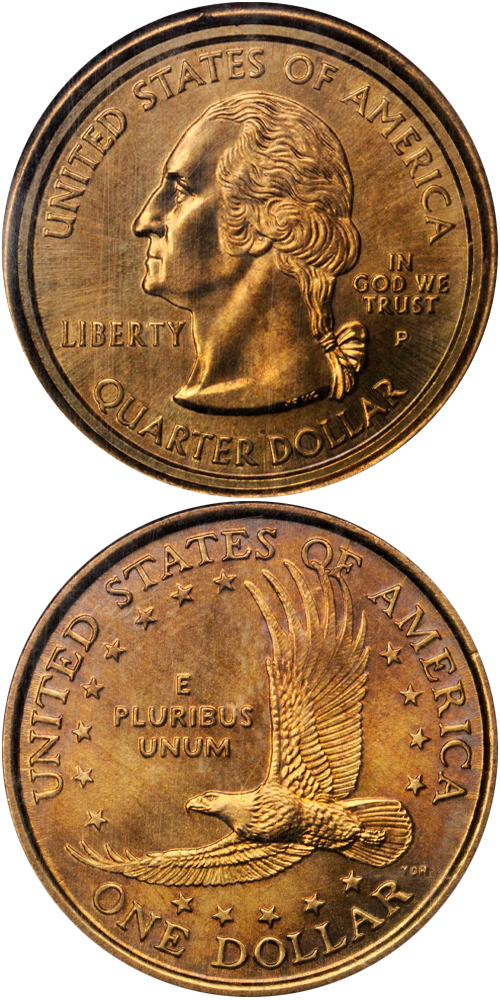While the overwhelming majority of coins are struck perfectly or nearly so, occasionally something goes wrong and a mis-struck or otherwise defective coin is produced. And in a small portion of those cases, the coin ends up released from the mint and either goes into circulation for a brief time or ends up in private hands. This field of collecting is referred to as “Error Coins” and encompasses a wide variety of different types of errors. The Guidebook of United States Coins provides a list of these types as follows:
Clipped Planchet – An incomplete coin, missing 10% to 25% of the metal. Most clipped planchets appear to have had a small “bite” taken out of them.
Multiple Strike – A coin with at least one additional image from being struck again off center. Most multiple strikes are double, but as many as three or even four additional strikes are known.
Blank or Planchet – A blank disc of metal intended for coinage but not struck with dies. Examples of these are seen with, and without finished rims.
Defective Die – A coin showing raised metal from a large die crack or small rim break. Coinage dies lead a tough life, often striking many thousands of coins. They eventually wear, and sometimes crack, a crack in the die leading to a raised portion of metal on the coin since metal flows into the crack under pressure.
Off-Center – A coin that has been struck out of collar and incorrectly centered, with part of the design missing. Generally, dated off center coins and those with more of the design missing are the most desirable and valuable of these errors.
Broadstrike – A coin that was struck outside of the retaining collar. These coins spread out larger than normal pieces and have a plain edge.
Lamination – A flaw whereby a fragment of the metal has peeled off the coin’s surface. The cause of this is usually the presence of a foreign substance such as gas oxides or dirt, which becomes trapped as the metal strip is rolled out to the proper thickness.
Brockage – A mirror image of the design impressed on the opposite side of the same coin. This is caused when a struck coin remains on the die after striking and impresses its image onto the next blank planchet when it is struck, leaving a negative or mirror image.
Wrong Planchet – A coin struck on a planchet intended for another denomination or of the wrong metal. For example, a cent struck on a dime planchet, or nickel struck on a cent planchet. While prices vary widely, this type of error is generally the most valuable.







